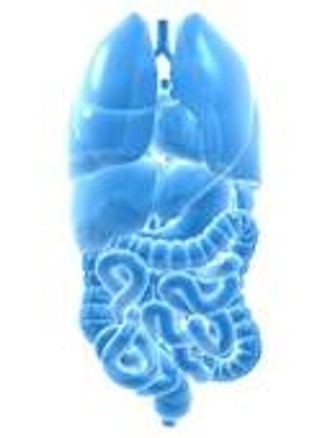Enrolment options
LEARN ABOUT VISCERAL OSTEOPATHY, VISCERAL TECHNIQUES, CONCEPTS OF HOW THE BODY CAVITIES WORK, HOW DYSFUNCTION CAN OCCUR AND WHAT WE CAN DO ABOUT IT. Lots of evidence and applied anatomy to illustrate physiological and fluidic concepts as well as the relationships between the musculoskeletal system and the viscera (including the fascia and connective tissues of the body and body cavities). There are lots of technique videos included in this cpd course - and although technique competence can't be achieved, you can appreciate the approaches, and perhaps come on one of the technique intensive courses (when covid allows).
From embryology, through anatomy, visceral location and palpation - this is a great place to start if you did not get a visceral education. Also, if you did have one, and didn't appreciate it, or if yours was predicated on the 'motility - IVM' model - this one isn't, or was too painful, or you couldn't get a grip (literally or figuratively) then this is the course for you.
CONTENTS IN DETAIL:
This course contains a series of 15 modules; the content of each module is outlined below:
Module 1: Osteopathic Medicine versus Visceral Osteopathy - an introduction to osteopathic principles
This module consists of a 2-part lecture -an Overview of Osteopathic Philosophy; Part 1: 39 min, Part 2: 3 hour 5 min. In addition, exclusive access is provided to a series of vimeo videos on Osteopathy, Science and Evidence-Based Medicine.Total viewing time for this series is approximately 1 hour 40 min
plus:
- downloadable handouts (notes & 4 links for further reading) and an online viewable slideshow of all the powerpoint slides of the lecture
- 6 links to articles & resources for further reading
Module 2: The Visceral Osteopathy Connundrum
This module contains a 1 hour 12 min visceral talk from Ron Marrioti.
plus:
- 5 links to articles & resources for further reading
Module 3: Chemical barriers
Module 4: Neural barriers
This module contains 2 videos from from Robert Cartwright of 1 hour 20 min and 1 hour 16 min.
Module 5: Mechanical barriers
Module 6: Visceral and fascial tissues
This module contains 2 videos by Gil Headley , total viewing time approximately 2 hours. However, participants are encouraged to explore more of the same series.
plus:
- 5 links to articles & resources for further reading
Module 7: Understanding the body cavities and compartments
This module contains a 5-part lecture on Viscera compartments; Part 1: 1 hour 10 min, Part 2: 1 hour 26 min, Part 3: 52 min, Part 4: 1 hour 19 min, Part 5: 17 min. There are also a series of short supplementary clips to accompany the lecture.
plus:
- downloadable handouts (notes & 5 links for further reading) and an online viewable slideshow of all the powerpoint slides of the lecture
- 1 link to an article for further reading
Module 8: Visceral sliding surfaces and posture
This module contains a 3 -part lecture on Visceral sliding surfaces; Part 1: 1 hour 6 min, Part 2: 1 hour 46 min, Part 3: 56 min.
plus:
- downloadable handouts (notes & 14 links for further reading) and an online viewable slideshow of all the powerpoint slides of the lecture
- 1 link to an article for further reading
Module 9: Embryology
This module contains a 30 min Caroline Stone video on the embryological folding of the gut tube & the arrangement of the main 'ligaments' of the abdominal cavity and the peritoneum.
plus:
- a slideshow powerpoint version of the video
Module 10: Thoracic / Respiratory Dynamics
This module contains a 3-part lecture on the generic dynamics of the thoracic cavity and rib cage and also its relationships with surrounding areas such as the thoracic inlet and shoulder girdle, as well as the diaphragm. Part 1: 1 hour 14 min, Part 2: 45 min, Part 3: 34 min
plus:
- downloadable handouts (notes & links for further reading) and an online viewable slideshow of all the powerpoint slides of the lecture
Module 11: Abdominal / GIT Dynamics
This module contains a 2 hour 14 min lecture on the gastrointestinal track, abdominal brain, and the microbiome.
Module 12: Pelvic / Urogential Dynamics
This module consists of 4 mini-lectures on pelvic function working in this area / with the sensitive areas for the patient. viewing time: 1 hour 22 min, 1hour 22 min, 1 hour 50 min, 1 hour 34 min. In addition there is a 10 minute video on Male Pelvic pain.
Module 13: The stomatognathic system
This module contains a 44 min lecture .
plus:
- downloadable handouts (notes & 14 links for further reading) and an online viewable slideshow of all the powerpoint slides of the lecture
Module 14: Endocrine immune overview
This module contains a handout on osteopathic and endocrine considerations.
Module 15:Technique examples
This module contains a video of approximately 1 hour on styles of techniques.
